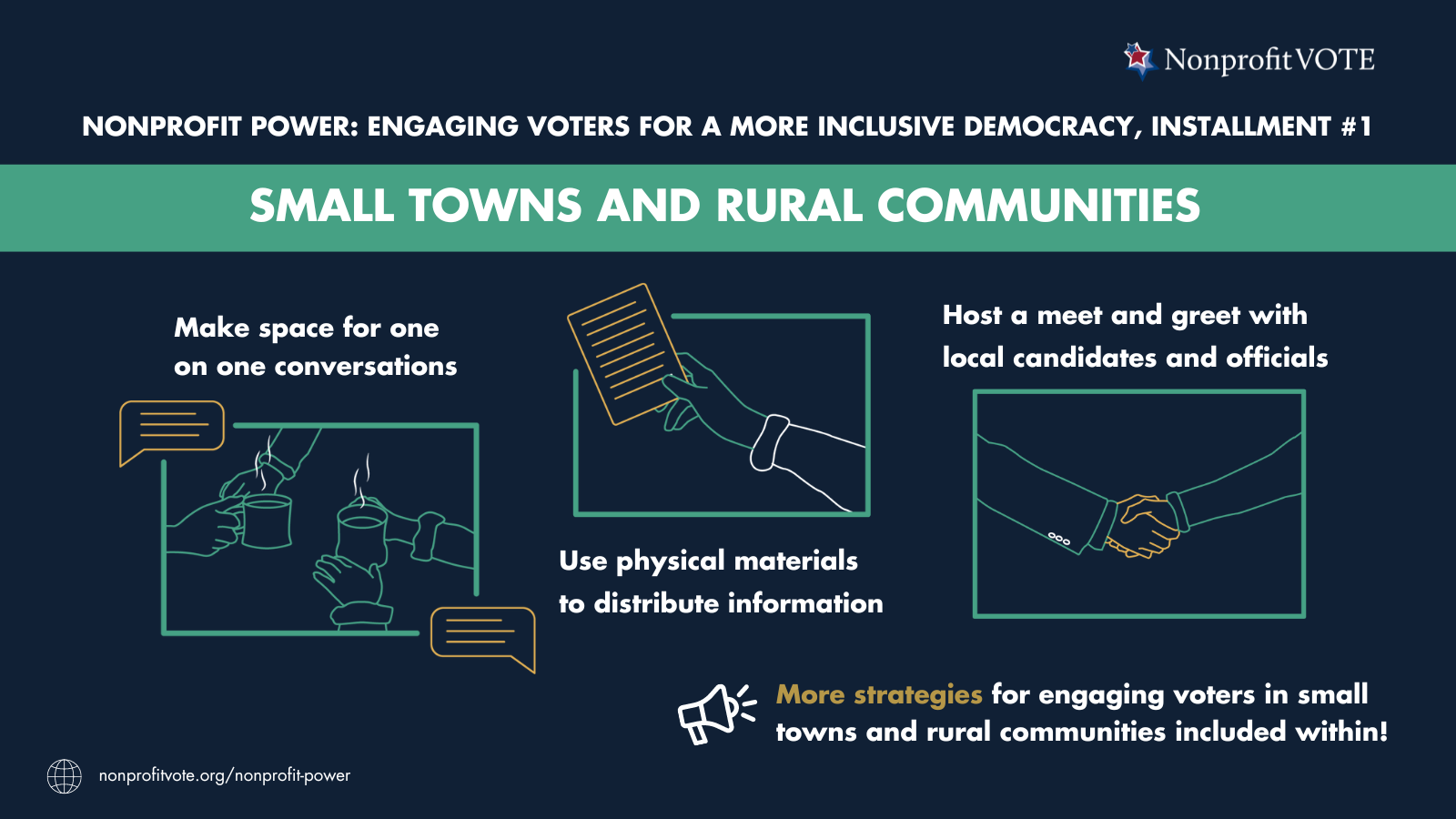WHO ARE SMALL TOWNS AND RURAL COMMUNITIES

Rural areas and small towns hold some of the nation’s closest elections but they are frequently overlooked by major parties. In many of these communities, food is scarce, healthcare access is limited, and public transportation is nonexistent. Yet, neighbors, nonprofits, and local leaders work together to build vibrant communities that are vital to our democracy. Nonprofit voter outreach is creating meaningful change all across the country.
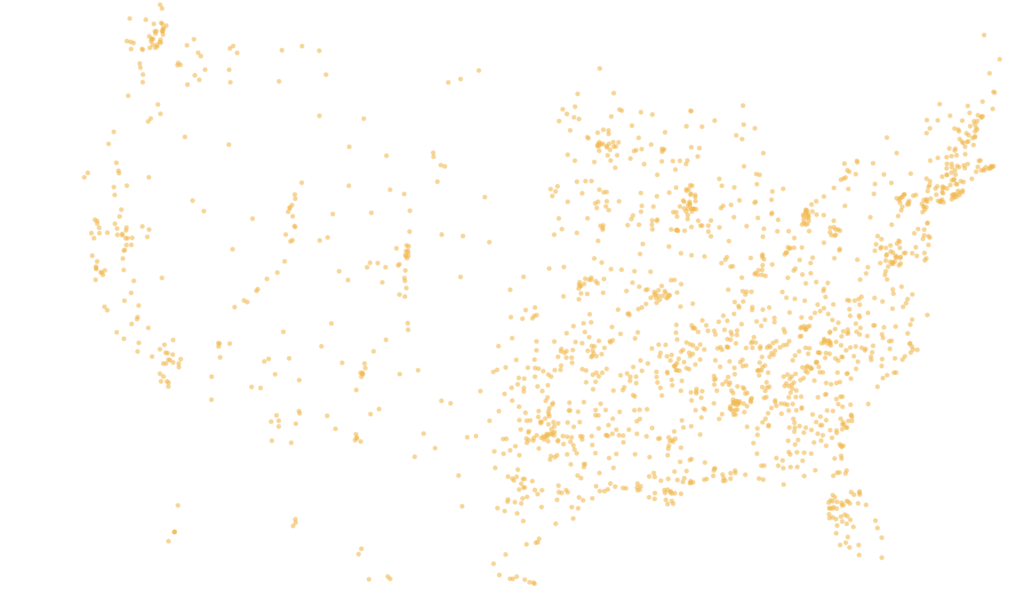
THERE ARE BETWEEN 2000 – 9000 SMALL TOWNS IN THE UNITED STATES
*estimates based on the USDA and OMB definition of small towns and rural
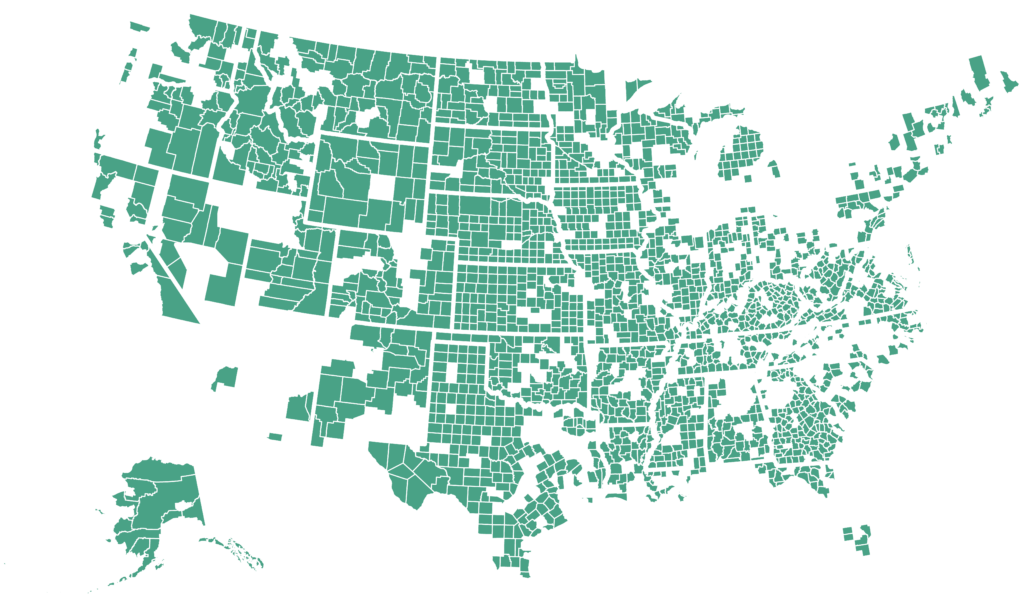
THERE ARE AROUND 2000 RURAL COUNTIES IN THE UNITED STATES
Why should nonprofits in small towns and rural areas bother to engage voters if the populations are so small? Every community, regardless of size, deserves adequate representation. Residents are more likely to know their local elected officials and the individual vote can have more power. In local races, a few votes may be enough to change the outcome of an election. And yet, most small communities continue to have lower participation rates in local elections than in federal elections. In smaller rural counties where the voter populations are less than 5,000 people, the leads between presidential candidates are also smaller, and around one hundred votes could change votes for the county. (see chart below)
Some rural counties need only a few hundred votes to change party majority

Engaging voters in rural/small town communities may look different to how we engage cities or suburban areas. So, here are a few strategies that our rural/small town nonprofit partners recommend:
Make space for One on One Conversations
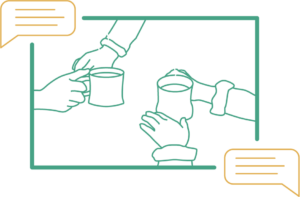
“It’s really just directly talking to people. We get a lot of people who either have no clue how to register or hasn’t ever been engaged.”
– Duane Gurule, Small Town Project
Use Physical Materials to Distribute Information
Internet access is often harder to access in rural areas. Having printed voter registration forms and  flyers that educate voters on the processes and candidates are a reliable way to engage voters.
flyers that educate voters on the processes and candidates are a reliable way to engage voters.
“In some areas there is no internet service and so everything we do has to be able to be replicated physically on a piece of paper. We also have many people who are hesitant to use technology, so they need to be offered instruction and options for connectivity.”
– Marty Dombrowski, CILSCPA
Increase Tech Literacy in Your Community
Many rural/small town communities tend to lack knowledge and skills in technology. Having sessions, hosted by your nonprofit, can be a great way to teach them how to access information on voting.
“We have a computer lab where they have access to resources but also access to knowledge about ‘Are you registered vote?’ or ‘Is your registration up to date?’ And show how simple it is to do that.”
– Duane Gurule, Small Town Project
Host a Meet and Greet with Local Candidates and Officials
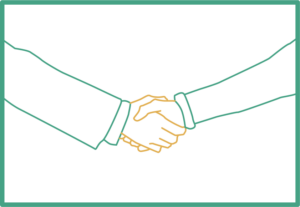 Candidates and local officials in your small town/rural area might be neighbors you already know and work with. If people know their faces, voting becomes personal, like who they’re voting for, what they actually do, and how it affects them.
Candidates and local officials in your small town/rural area might be neighbors you already know and work with. If people know their faces, voting becomes personal, like who they’re voting for, what they actually do, and how it affects them.
“We make sure that all of the elected officials from the county commissioners to the township supervisors know who we are. We invite them into our meetings and to meet us at the libraries. it also helps them understand people that just happen to live in very rural places.”
– Marty Dombrowski, CILSCPA
Utilize the Trust in the Community
Organize your voter engagement around local events. Try partnering with local businesses or libraries to help increase awareness because people are already going there, linking voting to something safe and familiar
“If an organization is hosting something and it’s downtown and all these other businesses are part of it, it feels safe.”
– Kyra Wallace, SWMUL
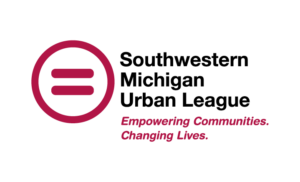
The Southwest Michigan Urban League provides assistance to African Americans and other disadvantaged Americans in achieving socio-economic equality. Affiliated with the National Urban League, they are based in Battle Creek, Michigan and serve the greater Calhoun County area. We talked to their President/CEO, Kyra Wallace, about Battle Creek and voter engagement in the area.
Q: Can you tell us a little bit about Battle Creek?
Q: How do the people of Battle Creek feel about local versus national elections?
Q: How have you seen the impact of your work in your small town?
Q: What makes your community diverse and beautiful?
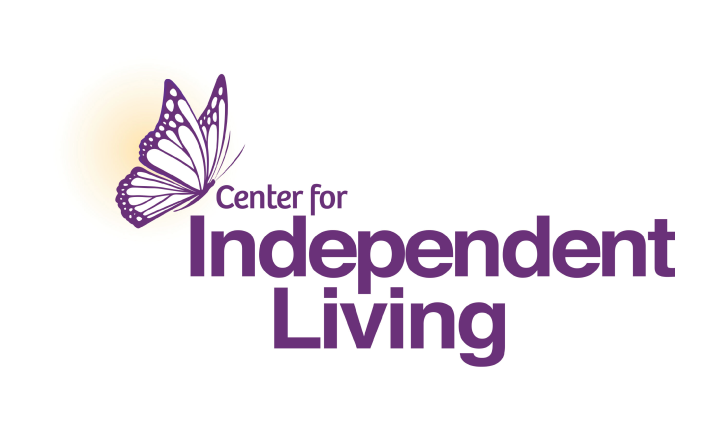
Q: Can you tell us a little bit about where you work?
Q: What are some barriers that make it difficult for your community to vote?
Q: How have you seen the impact of your work in your rural area?
Q: What do you want to uplift about your community?
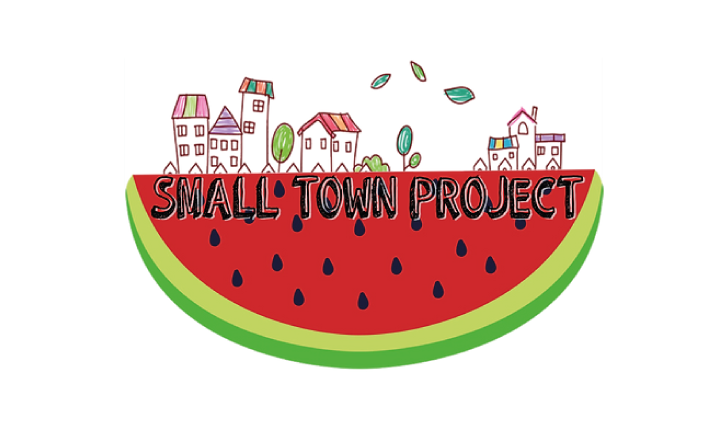
Q: Can you tell us a little bit about Rocky Ford?
Q: What difficulties in engaging local elections and local officials?
Q: How have you seen the impact of your work in your small town?
Q: What makes your community diverse and beautiful?
References
Census Definition:
https://www.census.gov/newsroom/blogs/random-samplings/2022/12/redefining-urban-areas-following-2020-census.html
USDA Definition:
https://www.ers.usda.gov/topics/rural-economy-population/rural-classifications/what-is-rural.aspx
OBM Definition:
https://www.hhs.gov/guidance/document/defining-rural-population
2020 Election Results:
https://www.politico.com/2020-election/results/
Eligible Voters in Georgia:
https://sos.ga.gov/georgia-active-voters-report
Eligible Voters in Michigan:
https://mvic.sos.state.mi.us/VoterCount/Index
Eligible Voters in North Carolina:
https://vt.ncsbe.gov/RegStat/
Acknowledgments
A special thanks to Kyra Wallace of the Southwest Michigan Urban League, Marty Dombrowski of the Center for Independent Living of South Central Pennsylvania, and Duane Gurule of the Small Town Project for their insight and assistance in helping Nonprofit VOTE draft this installment.
Social Media
Help spread the word about the most effective ways to engage voters in Small Towns and Rural Communities using our shareable content for Twitter, Facebook, and Instagram below. (Right-click the images to save to desktop)
DON’T FORGET TO TAG US ON SOCIAL:
FB: @npvote
TW:@npvote
IG: @nonprofitvote
SAMPLE SOCIAL MEDIA POSTS
Post #1:
“Featuring accounts from nonprofits in the field, Nonprofit VOTE’s NEW Nonprofit Power Report Installment #1 uplifts the impact of nonprofit voter outreach in Small Towns and Rural Communities, and highlights key strategies of engagement! Learn more at: nonprofitvote.org/nonprofit-power”
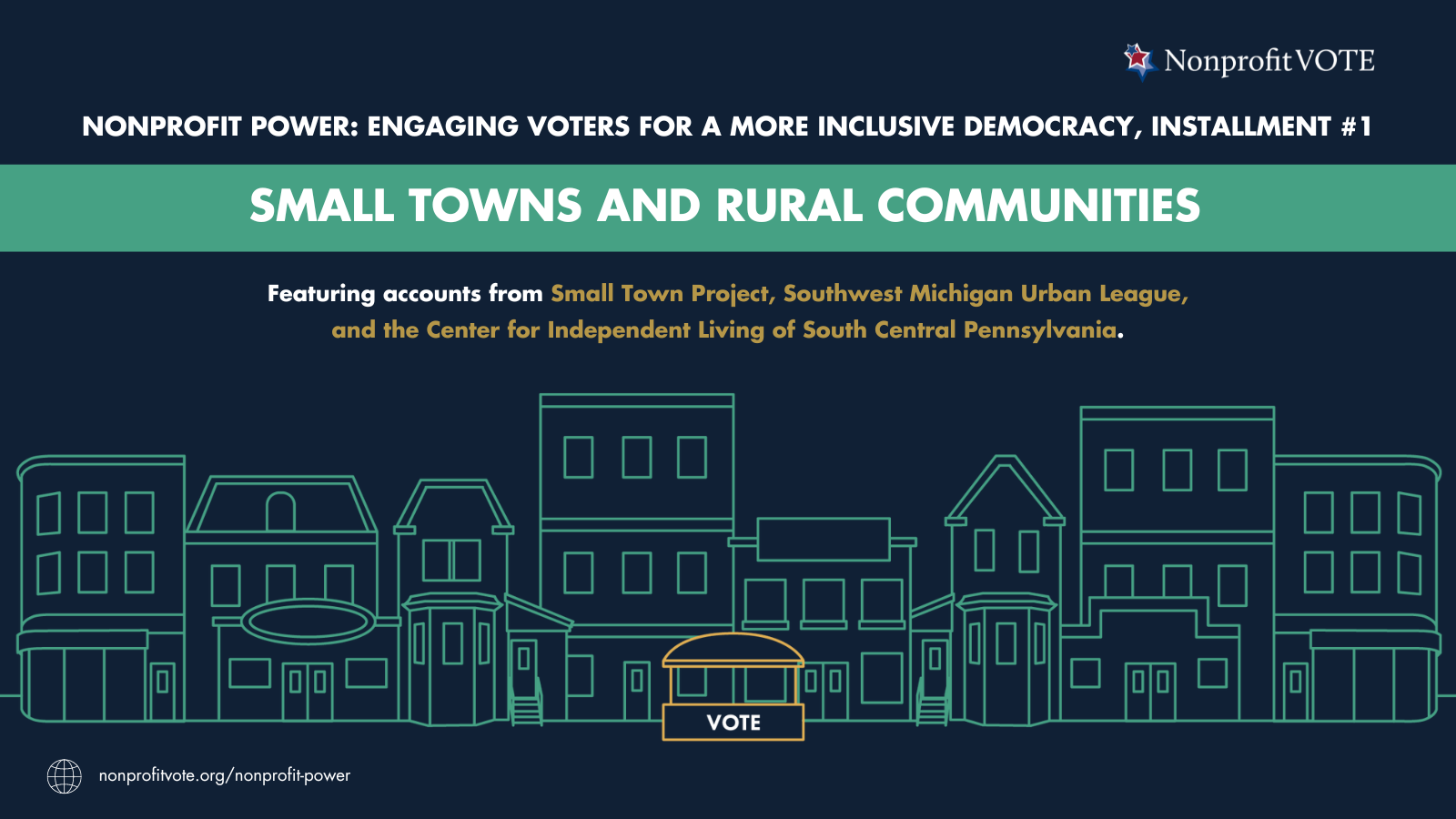

Post #2:
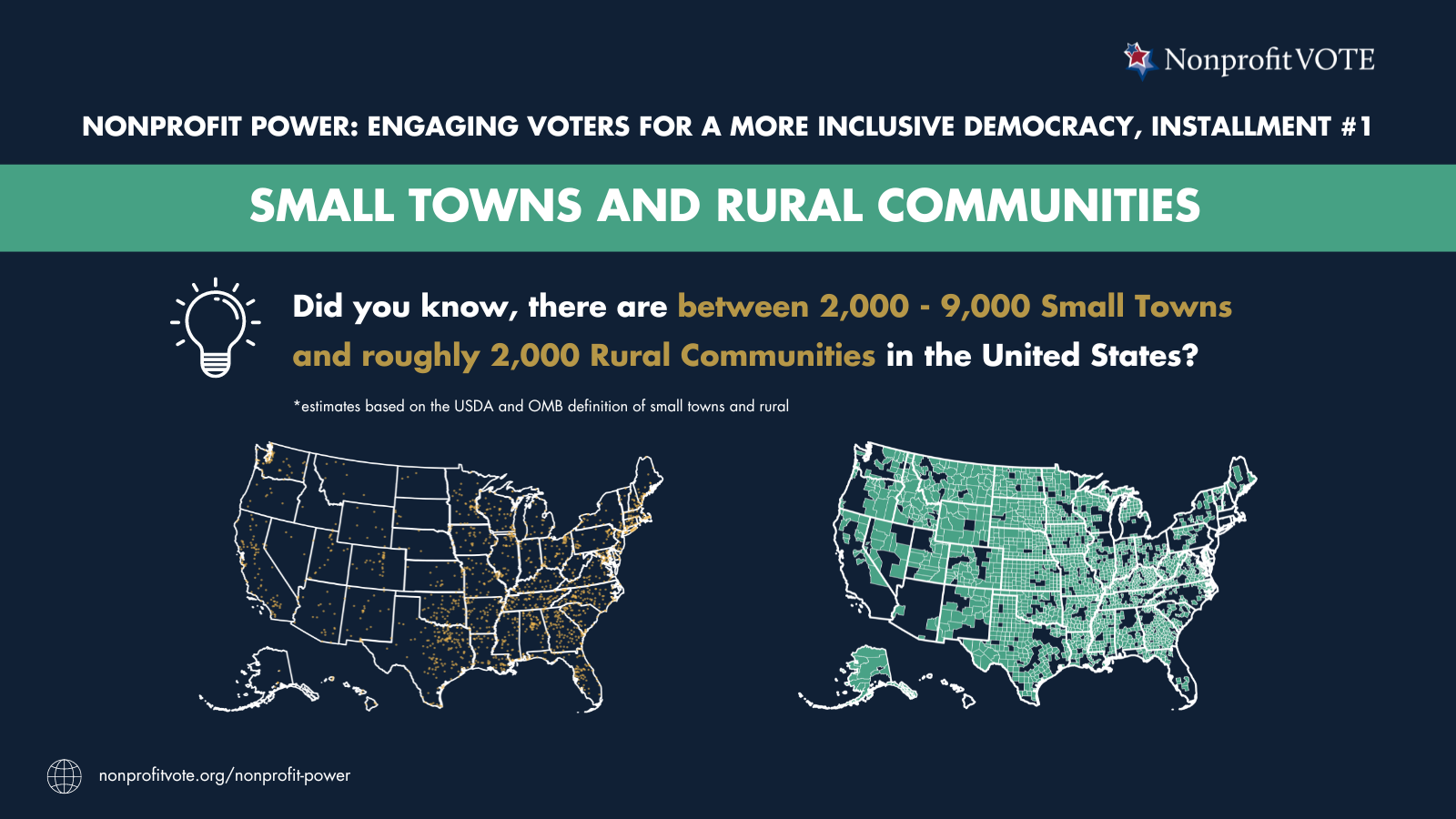

Post #3:
